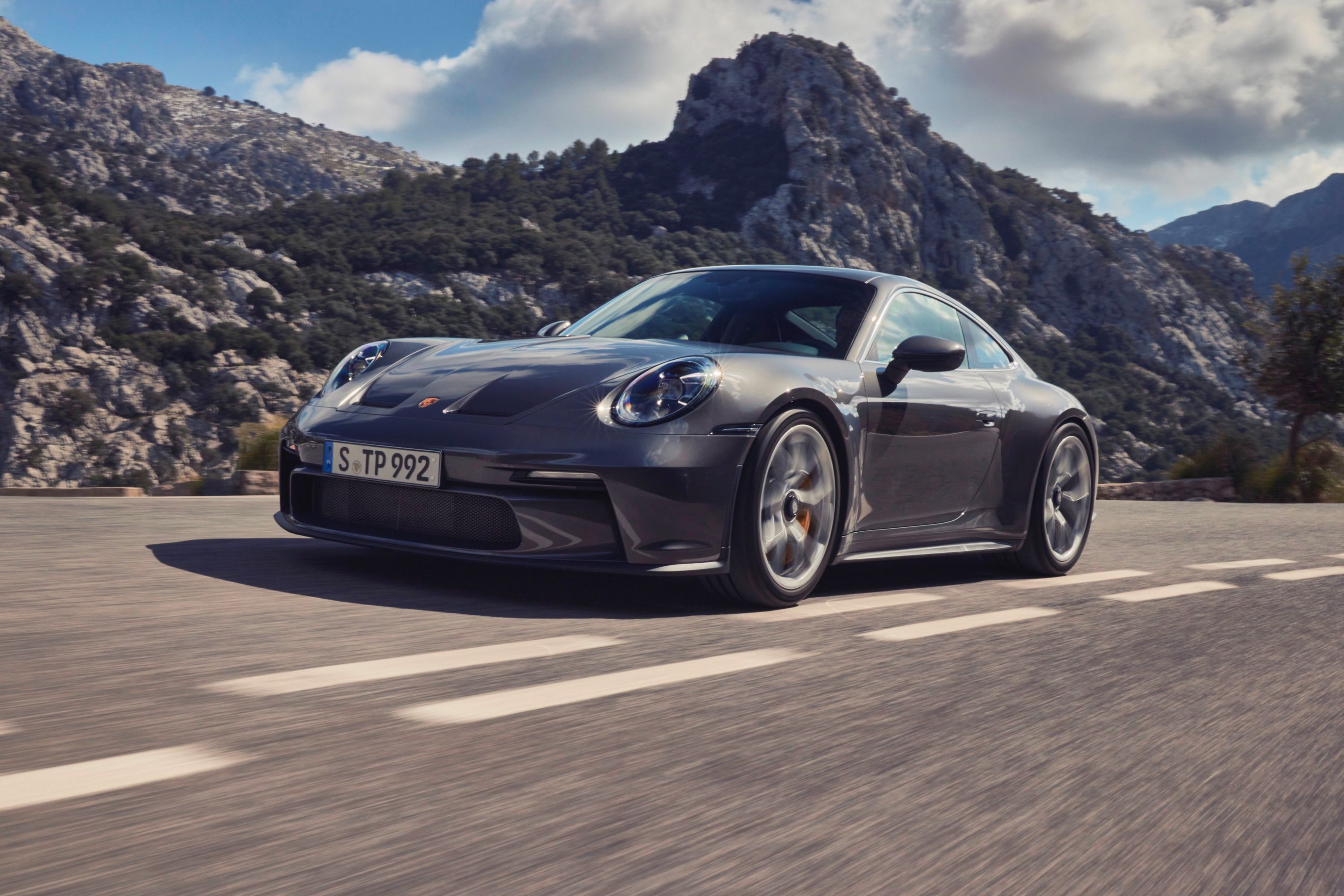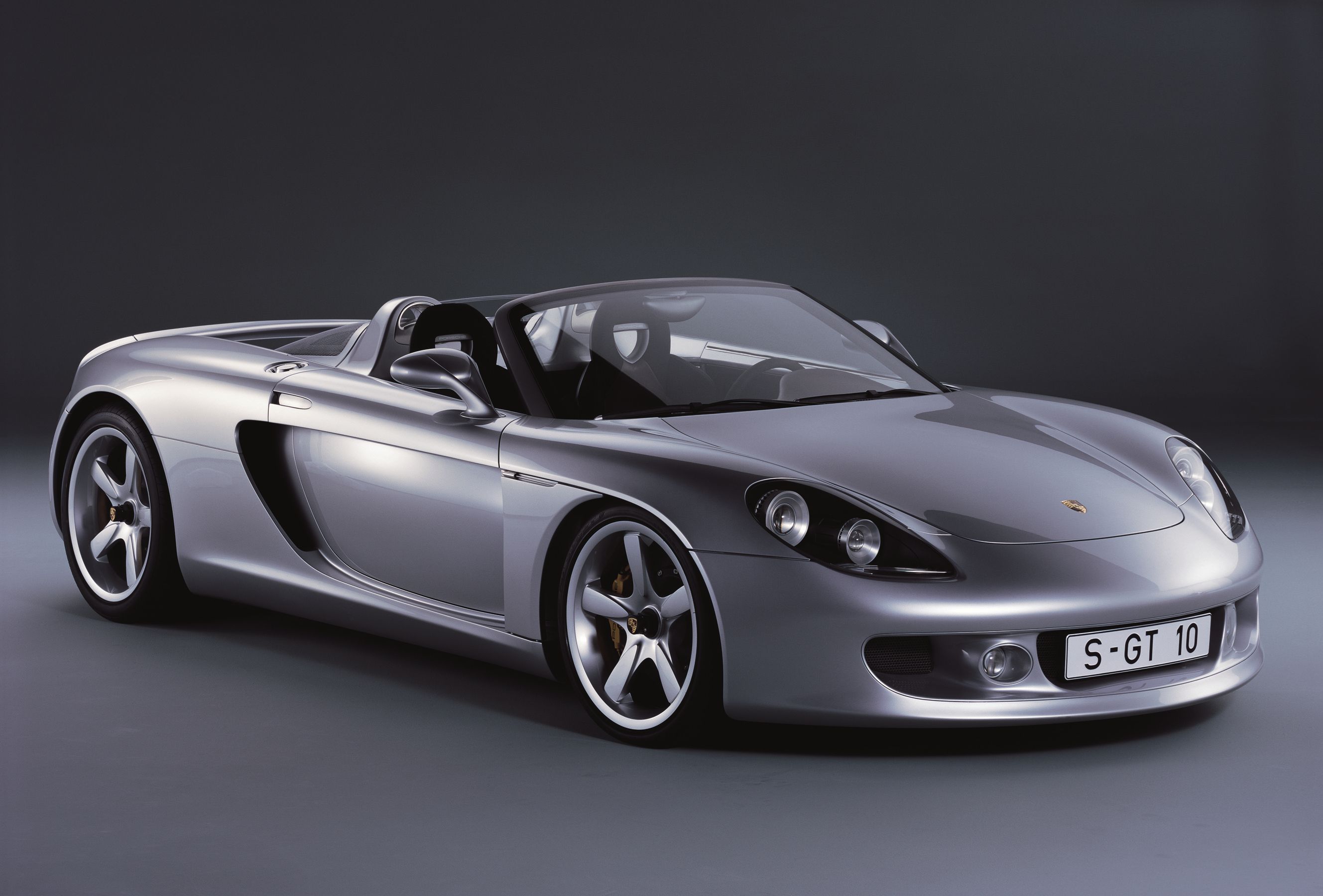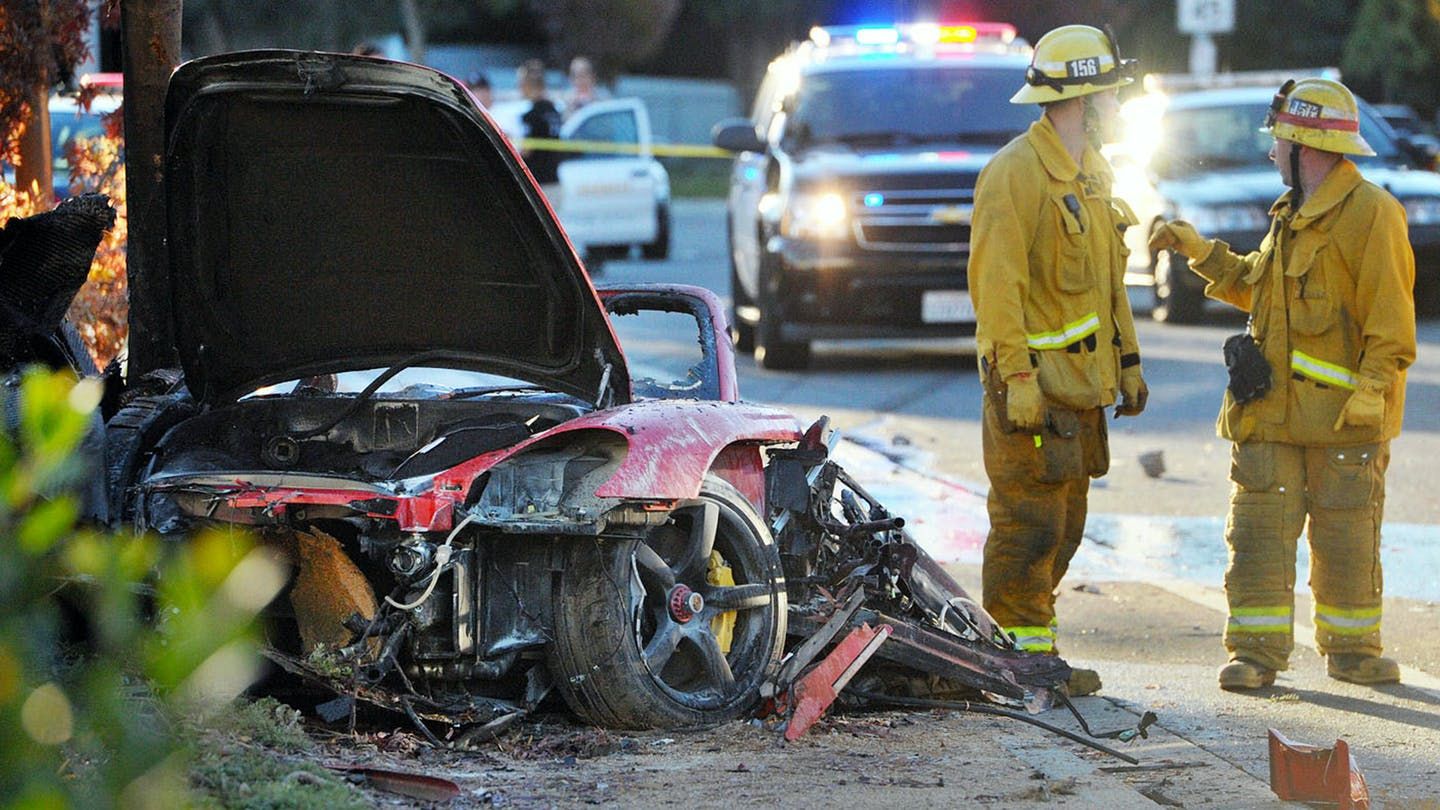
While the city of New York was under stay at home orders and the roads were quiet, last month a man crashed an ultra-rare Porsche Gemballa Mirage GT. Unfortunate, and in some cases fatal, incidents with Porsche's legendary supercar have become all too common, the most infamous of which involved the late Fast And Furious star Paul Walker. Considering only 1,270 units of the Porsche Carrera GT were ever produced, it begs the question - is this the most dangerous road car ever made? People labeled as experts by the media and attorneys have called the Carrera GT dangerous, and even flawed. Is it, though?
Background: A True Racing Derived Supercar
The Carrera GT was built between 2003 and 2007. It was one of the most advanced supercars of its time and remains one of the most exciting to drive today. At its heart is a mid-mounted 5.7-liter V10 engine derived from a shelved Formula 1 project, and the car's development can be traced back to the Porsche 911 GT1 and LMP race cars. Like a race car, it has a pure carbon-fiber monocoque chassis and subframe, as well as inboard suspension featuring pushrod actuated shock absorbers.
Just before the Carrera GT went on sale, Porsche test driver and legendary race car driver, Walter Rohrl, said it was "the first car in my life that I drive and I feel scared." He also said the power level it had during testing would be unmanageable for ordinary drivers. The final production model was still far from tame, making 603 horsepower and 435 lb-ft. A manual six-speed transmission controls that power at a time when supercar companies like Ferrari and Lamborghini were moving into paddle-controlled transmissions without a clutch.
A Lack Of Driver's Safety Aids
One of the celebrated aspects of the Carrera GT is that it's the last of the analog supercars. It has a manual transmission, and no electronic stability control (ESC). With no ESC, there's nothing to flatter a driver by making up for mistakes, something Jay Leno learned at Talladega during a high-speed run on the track. He lifted off the throttle while entering a turn, spinning it five times but got away with not hitting a wall.
Various reasons have been given for the lack of ESC on the car from Porsche wanting to appeal to hardcore enthusiasts sick of electronics encroaching on their driving, to it being a way of keeping the already expensive Carrera GT's cost down.
After a collision at the California Speedway track in 2006 killed the passenger of a Carrera GT, in the ensuing lawsuit Porsche gave two different reasons for excluding ESC in the car. One Porsche engineer said it wasn't possible to install Porsche's standard system (Called PSM) because the chassis design and suspension mountings would make vibrations that would interfere with its operation. The other engineer deposed said that Porsche didn't put PSM on the Carrera GT because its customers didn't want it.
Also brought up in that lawsuit was an allegation that during the Carrera GT's development, it had shown a tendency to oversteer during "high lateral acceleration," and that Porsche made adjustments but without fixing the problem entirely. As a result, the lawsuit claimed the driver was unable to correct oversteer when trying to get out of the way of the vehicle that caused the accident.
It's certainly no secret that the Porsche GT is an extreme and uncompromising race car-derived road car. To unlock the full performance and experience of the Carrera GT, most people with the skills needed to drive the car on the track at pace would no doubt turn off the ESC if it had been provided. Just like they would with a Porsche 911 GT3 today.
The Actual Accidents
The California Speedway accident was caused by another car losing control, and whether ESC would have made a difference is a matter of debate. Jay Leno's spin was at a track as well, and, when he wrote about the incident, he mentions people had warned him not to lift off of the throttle entering a corner. Leno has had performance driving training, understands cars, and knows he shouldn't have lifted. The other two high-profile accidents we've noted here were both on public roads and involved high-speed driving. There have also been many images of crashed Carrera GT's on social media, and they're mostly cars that have been spun off the road.
Paul Walker's Crash
Walker wasn't driving the Carrera GT when it crashed in 2013. His friend, Roger Rodas, who also died in the accident, was behind the wheel. The crash happened on a street with a 45 mph limit that's a popular spot for drifting, but an investigation determined the car was traveling between 80 and 93 mph at the time. However, it was determined that the reason for the loss of control was down to the age of the tires. The 2005 car had 3,500 miles on the clock, and its original tires. That means the tires were at least eight years old, probably nine, and rubber degrades over time. Many manufacturers say to replace tires six years after their production date, whether they are worn or not. Some manufacturers claim a ten-year tire life, but that depends on how the tire is stored and things like exposure to heat.
The lawsuit from the Walker family blamed Porsche for defects in the car, including instability and seat belt placement. Porsche said of Walker that: "The perils, risk, and danger were open and obvious and known to him, and he chose to conduct himself in a manner so as to expose himself to such perils, dangers, and risks, thus assuming all the risks involved in using the vehicle."
Porsche Gemballa Mirage GT New York Crash
Ben Chen, the driver of the Porsche Gemballa Mirage that recently crashed in New York, has a history of crashing supercars. The supercar collector and former Gold Rush Rally co-owner was arrested after losing control of his Porsche, hitting a parked Toyota Sienna minivan, before feeing and managing to hit four more cars. He was charged with Operating a Motor Vehicle Impaired by Drugs and Reckless Driving. If that was the case, and taking into account Chen's high-speed crash history that involves a 2013 McLaren 12C Spider and a 2010 Lamborghini Murcielago, we can hardly blame the car.
Unsafe At Any Speed?
It's clear that the Porsche Carrera GT is a raw and uncompromising race car for the road. While it rewards skillful drivers, it's unforgiving of mistakes. Motorsport is dangerous, and so is driving too fast on public roads. Had Walker and Rodas been on fresh tires, we believe they would still be alive today. However, you could argue that ESC could have saved them. Had Chen not been high and driving like an idiot, the Gemballa Mirage GT would still be drivable. Had that Ferrari not caused the Carrera GT crash at California Speedway, well, that particular Carrera GT would not have been in a crash that day. Had Jay Leno not lifted, he wouldn't have spun out.
While modern supercars coddle drivers, the Porsche Carrera GT does not. It is a car to be understood and respected before trying to extract any of its performance potentials. As Leno found out, it will bite the unwary at speed. Does that make it a generally unsafe car, though? No, it doesn't. It means that it's a car that can lay down a 7 minutes and 28 second lap time at the Nurburgring, but an inexperienced or careless driver can get in trouble trying to replicate that level of driving. Especially on the road.


